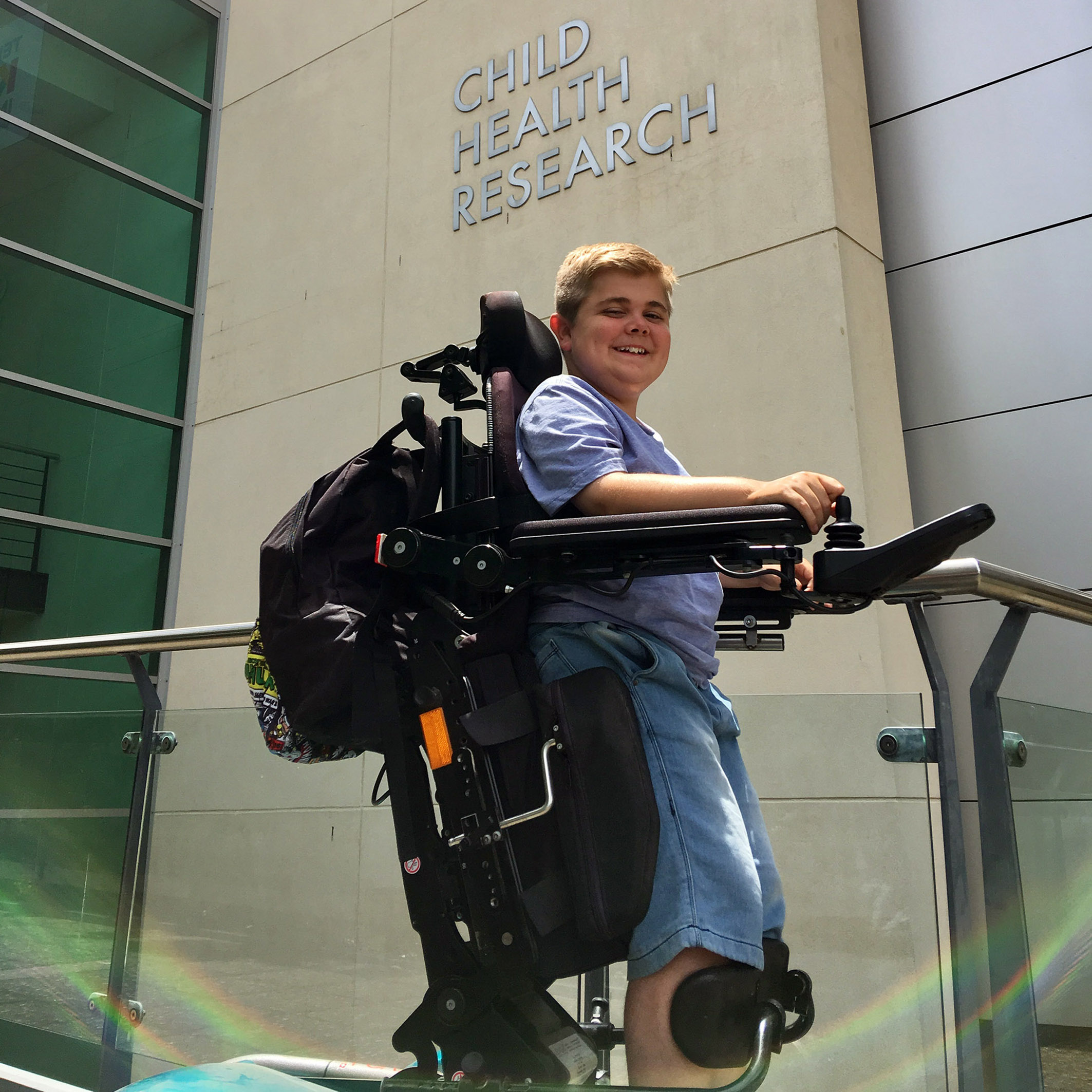Search
The studies this project has conducted

Participate in The Sibling Snapshot Project! <!-- [if gte mso 9]> <![endif]--> <!-- [if gte mso 9]> Normal 0 false false false EN-AU X-NONE X-NONE <!
Research
Using ambulatory monitoring to investigate awake breathing irregularities in Rett syndrome in Australian population-based and Italian clinic samplesHelen Jenny Leonard Downs MBChB MPH BApplSci (physio) MSc PhD Principal Research Fellow Head, Child Disability +61 419 956 946 08 6319 1763
Research
THINK BIG - Neurodevelopmental DisordersAmy Andrew Helen Jenny Martyn Melissa Videos Finlay-Jones Whitehouse Watch and listen to Andrew Leonard Downs Symons Licari BPsych(Hons), MPsych(


News & Events
Funding to support research into the impact of standing wheelchairsThe Kids researchers are investigating the physical and psychological impacts of powered standing wheelchairs for boys suffering from Duchenne
Research
Impact of scoliosis surgery on activities of daily living in females with Rett syndromeScoliosis is a common orthopaedic complication of Rett syndrome, and surgery is commonly used to reduce asymmetry in cases with severe scoliosis.
Research
Predictors of seizure onset in Rett syndromeInformation on presence and age at onset of seizures, perinatal and developmental history, and genetic status was abstracted on 275 cases in the Australian...
Research
The effect of functioning on Quality of Life Inventory-Disability measured quality of life is not mediated or moderated by parental psychological distressThe measurement of quality of life (QOL) in children with intellectual disability often relies upon proxy report via caregivers. The current study investigated whether caregiver psychological distress mediates or moderates the effects of impairment on their ratings of QOL in children with intellectual disability.
Research
Exploring quality of life in individuals with a severe developmental and epileptic encephalopathy, CDKL5 Deficiency DisorderCDKL5 Deficiency Disorder (CDD) is a rare genetic disorder caused by a mutation in the cyclin-dependent kinase-like 5 (CDKL5) gene. It is now considered to be a developmental and epileptic encephalopathy because of the early onset of seizures in association with severe global delay. Other features include cortical visual impairment, sleep and gastro-intestinal problems. Progress in clinical understanding, especially regarding the spectrum of functional ability, seizure patterns, and other comorbidities was initially slow but accelerated in 2012 with the establishment of the International CDKL5 Database (ICDD). Our aim was to use this data source to investigate quality of life (QOL) and associated factors in this disorder.
